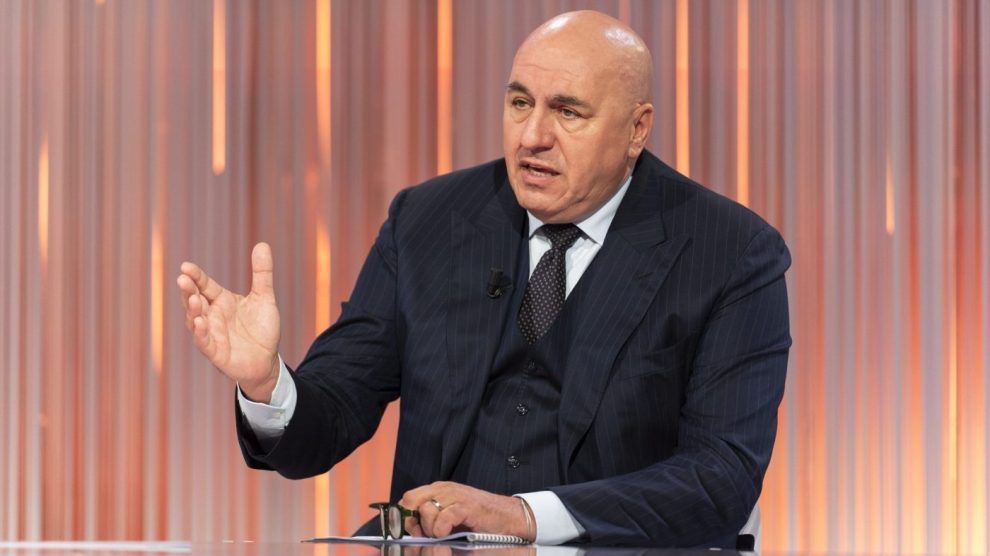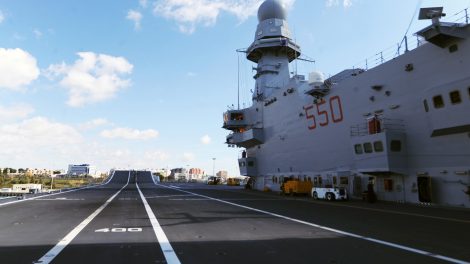Why it’s time to step up on defence. On Wednesday, Italian Defence Minister Guido Crosetto took to social media with a video to point out why Italy must renew and bolster its security apparatus—“not because NATO asks us to, but because the times do.” He was expanding on a previous interview given to journalist Nicola Porro, in which he remarked that the Italian defence was not at an “acceptable” level.
- The Italian security apparatus is staffed with “extraordinary” people, he noted. “But the times in which we live no longer allow us to base our defence on their heart, on their courage.” Thus, there’s “a need to invest in means, in further training, in further personnel, in reserves, in the maintenance of means, in the quality of means.”
- As Minister Crosetto recalled, a functioning defence “is the prerequisite for democracy, peace, freedom to exist.” Therefore, Rome must grant its forces “everything they need to enable them to defend us, as they have done in recent years.”
It’s about quality personnel… Both the Defence Minister and the Chief of Defence Staff, Admiral Giuseppe Cavo Dragone (who’s in line to replace Admiral Rob Bauer at the helm of NATO’s Military Committee), have been arguing that the Italian Armed Forces need more personnel. In November, the latter spoke to the joint Foreign and Defence parliamentary committees and called to increase the numbers.
- “We are absolutely undersized, 150,000 is unfeasible, 160,000 is still not enough, 170,000 we are at the limit of survival. On average we are structured on shifts of two, and they are stressful,” he had remarked.
- But that doesn’t entail bringing back compulsory conscription, as Minister Crosetto recently said on the sidelines of the Air Force’s 101-years anniversary ceremony. “We live in difficult times, in which, if anything, there is a need for many professional figures,” he argued, noting the need for “trained professionals, not citizens who do a year of conscription.”
… and readiness. These comments come as Italians look eastward – at the Russian threat, further highlighted by President Vladimir Putin’s comments on striking NATO airports hosting Ukrainian F-16, and at the countries on the Eastern border that still have conscription policies. “I would prefer not to be worried, but the European Union and its States must anticipate any kind of scenario […] we must prepare for the possibility that serious things may happen, as Ukraine taught us, [even if] not directly against our country,” remarked Minister Crosetto at the Air Force event.
Bring in the tech (and the funding). To that end, Rome is working towards fulfilling its NATO-aligned spending defence target of 2% of GDP (it’s projected to spend 1,46% in 2024). According to Admiral Cavo Dragone, the country – which is dealing with long-standing economic burdens and expensive public debt servicing – is on track to reach that target by 2028. That will allow Italy to direct more funds towards technology, vehicles and weapons.
- According to SkyTG24, 61% of Italy’s defence budget goes towards its human resources – namely, the paychecks and pensions of NATO soldiers, as opposed to the EU average of 44%.
- Only 23% of its budget goes towards weaponry and equipment, among the lowest within NATO.
- Optimising the Army’s structure and increasing the cash available for means would result in augmenting its capabilities without a need for dramatically increased staffers.




